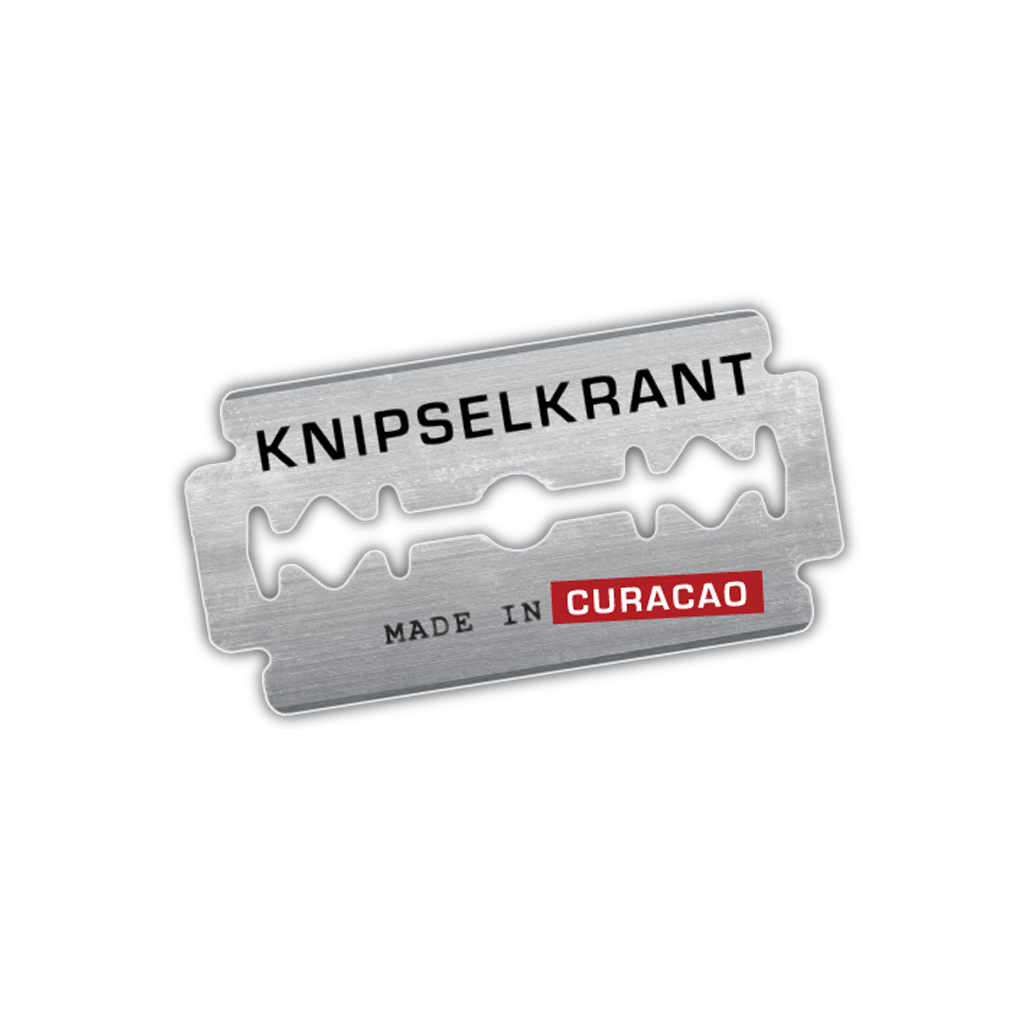
AMSTERDAM–Researchers of the University of Amsterdam UvA have developed a new method to restore damaged coral reefs. The new method, which is said to be more effective, cheaper and less time-consuming than other ways to restore coral, has been tested in Curaçao.
The new “sowing” method involves the collecting of coral eggs and spawn, and the cultivating of coral larvae in a laboratory. These larvae are more prone to survive changing circumstances than corals that already live on the reefs.
The coral larvae are being cultivated in the laboratory. They attach themselves to specially designed triangular seed-units. They grow into polyps and after about a month the seeding is ready to be planted on the existing reef, it was explained in a press release issued by the UvA.
The triangular form of the seed-units has proven to nestle well in the small holes and the crevasses of the reef, which gives the polyps time to grow into a new colony. The research, which took place in Curaçao, has shown that the method works and that the majority of the seed-units with polyps were firmly attached to the existing reef within a few weeks.
The research team collected coral larvae in Curaçao. After three weeks, the coral larvae on the seed-units had transformed into polyps. The seed-units were then sown on the coral reef in front of the Curaçao Seaquarium. Most seed-units were stable after a few weeks and had attached themselves to the existing reef. One year later, more than half of the seed-units were found with at least one coral on them. The project was carried out with the assistance of the Curaçao Marine Biology Research Institute Carmabi.
Earlier methods that involve the gluing of tiles with larvae one-by-one, or the replanting of shoots from coral that was broken off, are far more time-consuming and less effective. The transplanting of 10,000 individual corals with the “old” system involves hundreds to thousands of man hours per hectare, while coral degradation takes place on a surface of many more square kilometres.
According to researcher Mark Verweij of UvA’s Institute for Biodiversity and Ecosystem Dynamics (IBED), the new method, which can be used on about 20 different coral species, makes it possible to rapidly increase the number of young corals on a reef, at a lower price.
Project leader and Director of coral reefs protection and restoration organisation SECORE International from the United States Dr. Dirk Petersen called the new method an “important step,” because it enabled the planting of a large number of corals within a short time and at lower cost. A number of the researchers involved in this project work at SECORE International.
The new method doesn’t work in all cases. A number of conditions need to be met: the sea water needs to be clean, there should be a living reef in the area and certain fish species are needed that eat the algae that are damaging to the coral. This method serves to help the existing reef in its survival. It doesn’t build reefs.
The findings of this research were recently published in the scientific magazine Scientific Reports.
Bron: Daily Herald

